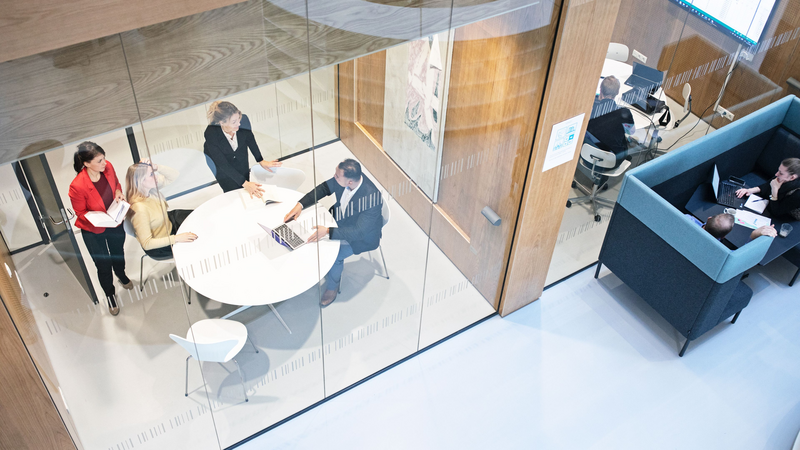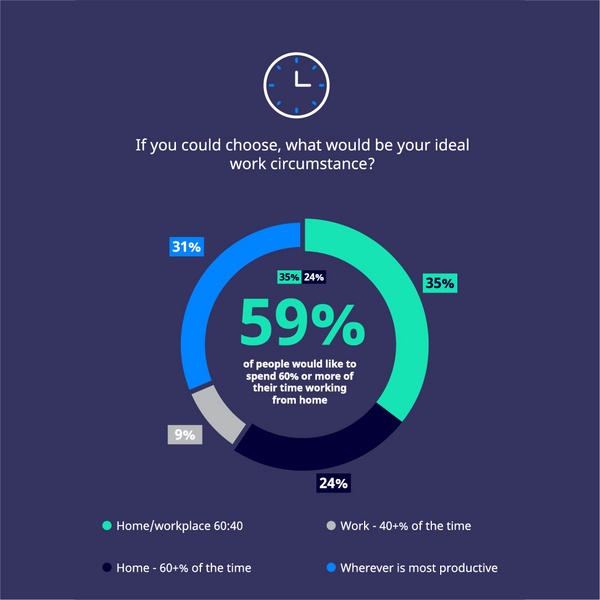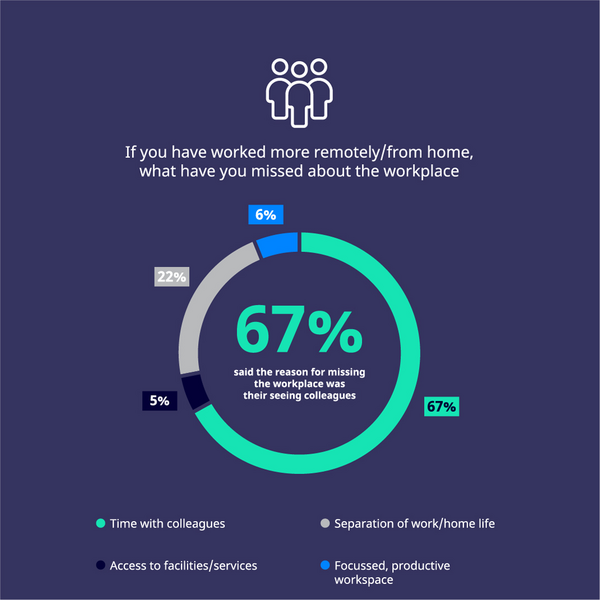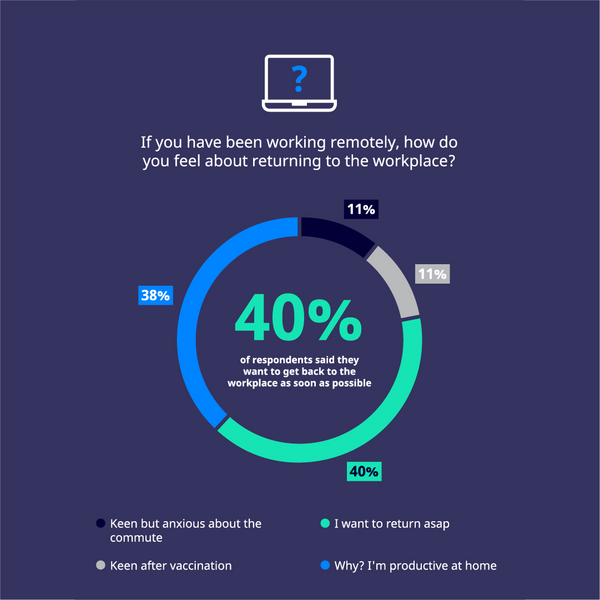UK BLOG - THREE MINUTE READ
The Workplace: how it will emerge as a major player in talent attraction & retention

Strategies and drivers
Three best workplace strategies to attract and retain talent
1. Create a truly flexible and collaborative workplace

“
… a flexible approach that allows individuals to identify the best space for them to work from

“
...the importance of the office as a place to collaborate, interact and socialise … whilst maintaining a flexible approach …

“
Gone are the days of everyone anchoring themselves to a desk and then nipping into meetings etc.